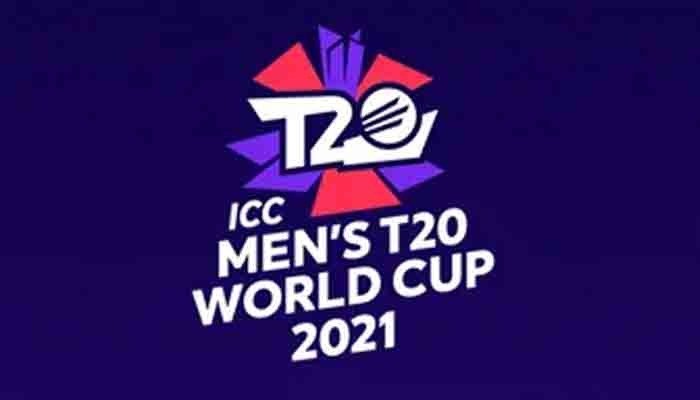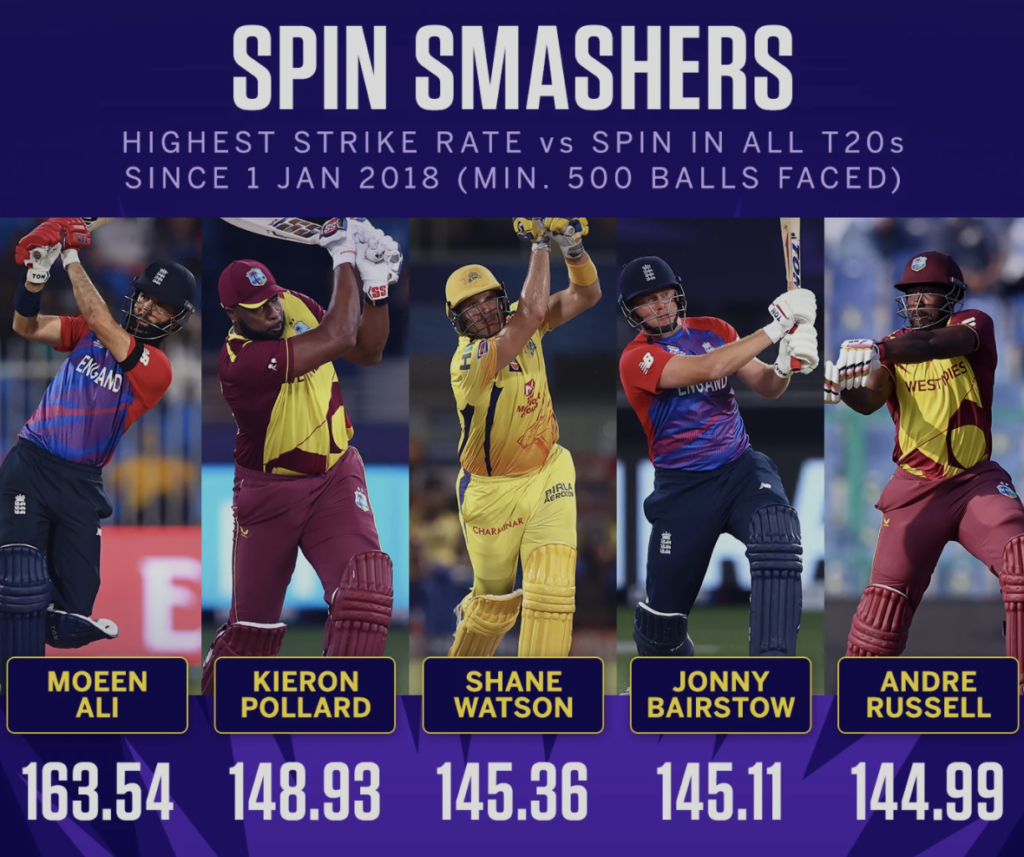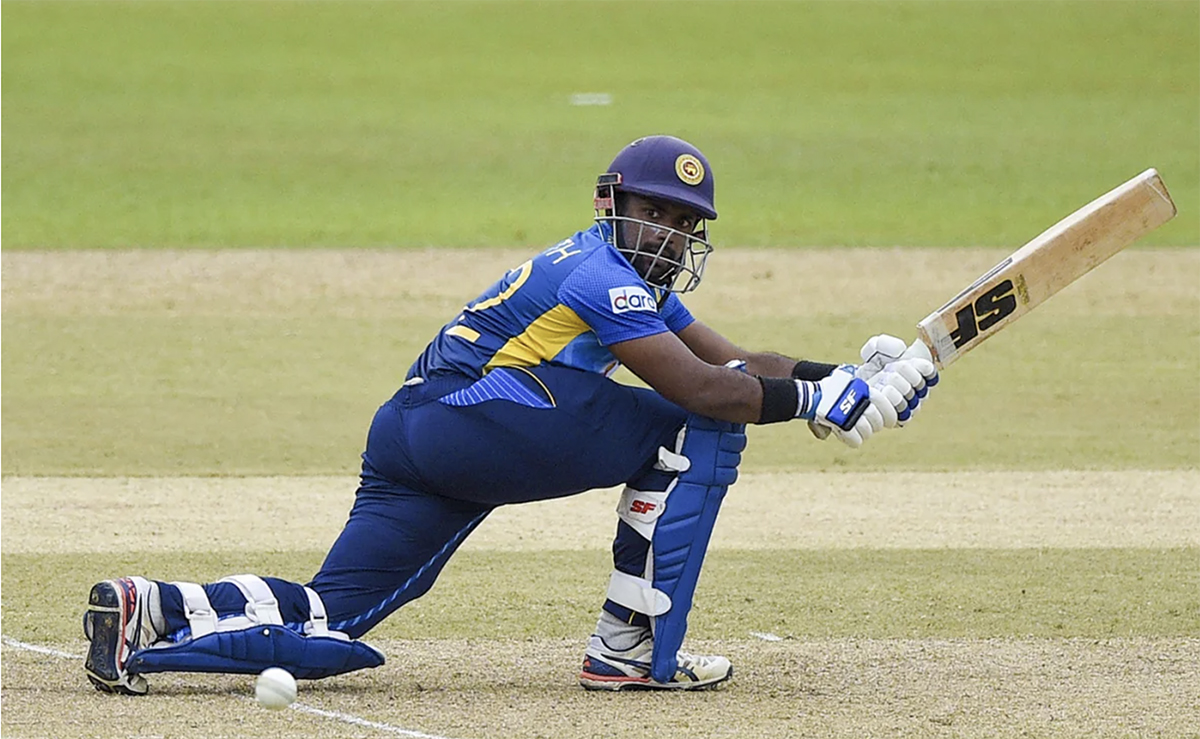The T-20 World Cup reaches the Knockout Stage

As expected, Afghanistan did not even have a glimmer of hope of winning their last group game against a clinically efficient New Zealand and as a result, pre- tournament favourites India bowed out of the T-20 World Cup at the group stage itself, complicated mathematical calculations of a billion people notwithstanding. Their last game in a disappointing World Cup campaign has now been reduced to a mere formality. And yet again, it was at the hands of New Zealand, that India exited from an ICC event for the third successive time since 2019, once each in the three different formats of the game.
And that will surely hurt for a long time to come, even though it may be said that in this case it was Pakistan, defeated in every single one of their World Cup games against India till date, who initiated the turn of events that finally dashed of hopes of a billion people. An audience that fanatically believed, almost to the point of arrogance, that their superheroes were invincible against their arch rivals. And that this World Cup was theirs for the taking, a glorious swansong for Ravi Shastri and Virat Kohli.
Unfortunately for them, that was not to be.
What could have gone so horribly wrong this time, is a question that a dazed Nation is now asking itself. And the answer obviously lies in a highly unsustainable combination of the weight of a billion dreams fuelled by an aggressive media and a team that has played too much cricket, across different formats, in different climes and conditions. A team that has been on the road without a break, ever since Cricket in this part of the world resumed with the IPL at Dubai, in September 2020.
The sheer mental strain of living in isolated Bubbles that offer little relaxation and scope of switching off from the pressures of the game, day after day for the last 14 months, finally proved to be too much for this Indian side, at a time when they needed to be at their best.
It showed, in the body language, in the lack of self-belief and in an overall lack of intent, of the team. The freedom and fearlessness with which they lit up the batting Powerplay and picked up wickets right through the innings against Scotland, came a little too late, only after the pressure had finally eased and they had nothing more to lose. Till then, they were tentative and unsure, burdened by a thousand cares and expectations and self- doubt.
Back home, the media deluge of statistics and tales of past glory, was lapped up by an adoring public expecting an encore, without realising that each match, especially in the shortest, most intense format of the game where there is so little time to recover, is a new day and has nothing to do with what has happened in the past.
These games are not so much about individual brilliance, as a team effort where everyone contributes their bit, to finally create the big picture. The most successful teams of this tournament have all done that brilliantly, especially a young Pakistan side and the mature New Zealand, Australia and England sides, each at the high noon of their powers. The Indians meanwhile, have fallen short. As have the West Indies.

Even a young Sri Lankan side has exemplified this team effort in the matches that they have done well in. And it surely augurs well for them for the future because this is a very exciting young side that could well turn out with great distinction for their country in times to come.
Moving onto the knockout stages of the tournament, a team tactically needs a couple of explosive batsmen in at the start capable of taking the game away from the opposition in the batting powerplay itself. A few who can then keep the scoreboard ticking over consistently in the middle overs. And another set of power hitters in at the death, who could set things alight in the last 5 overs, individuals capable of hitting a sudden 20 ball 50 to completely change a match. Looking at the four teams that have made the semi-finals, they all have such players coming in at the designated times, waiting to showcase their abilities in the final stages of this Tournament.
As a bowling side, the necessity is of picking up wickets in the Powerplay. No team recovers from a horror start like the one India had against Pakistan with the match going out of their hands in the first 5 overs of the game itself. Facing a swinging ball at pace at the beginning of an innings is every batsman’s nightmare and a bowler who can consistently do that will always be difficult to score off, regardless of format. No wonder all four semi-finalists have their best Test match fast bowlers playing for them. And their best spinners as well. This was one more area where India took some strange decisions, leaving some of their most successful bowlers of recent times, out of the side.
There is a pressing need to keep the runs down in the last 5 overs as well, when anything below 8 an over is very good. Surprisingly, this World Cup has seen a lot of these 140- 150 run totals alongwith some sub- 125 totals that are so easily chaseable. Unless bowlers get wickets at the start it’s impossible to keep the score down to a reasonable target. And that is what these four teams will be focussing on, in the games ahead.
The heat and turning tracks of UAE have encouraged spinners in this World Cup like never before and it could turn out to be a fascinating battle in the Semis between Spin and some of the hardest-hitting batsmen of the world. Variations are one of the key weapons in a T-20 spinner’s armoury and a lot of bowlers can bowl upto six different deliveries in an over. Ideally, anything that turns away from the batsman’s natural hitting arc towards the onside is an asset to the bowling side. The ability to stick to a consistent attacking line and length, however, could still be the key to success for a spinner, even in T20s. If the ‘Pehla’ fulfills its purpose of tying down batsmen and getting wickets, then the ‘doosra’ and ‘Teesra’, may not prove to be so much of a necessity after all.
So it’s all set to be a very exciting knockout stage of the T-20 World Cup and fittingly, the best four teams have made the grade. The drama as it unfolds over the next few days, will undoubtedly keep us all riveted to our TV screens, the disappointment of our own teams not being there notwithstanding. Which one of these four evenly matched sides will eventually lift the trophy, only time will tell.
For India and Sri Lanka however, this will have to be a time for rebuilding and consolidation, with an eye to the future, to the next T20 World Cup in Australia, at this time next year.







